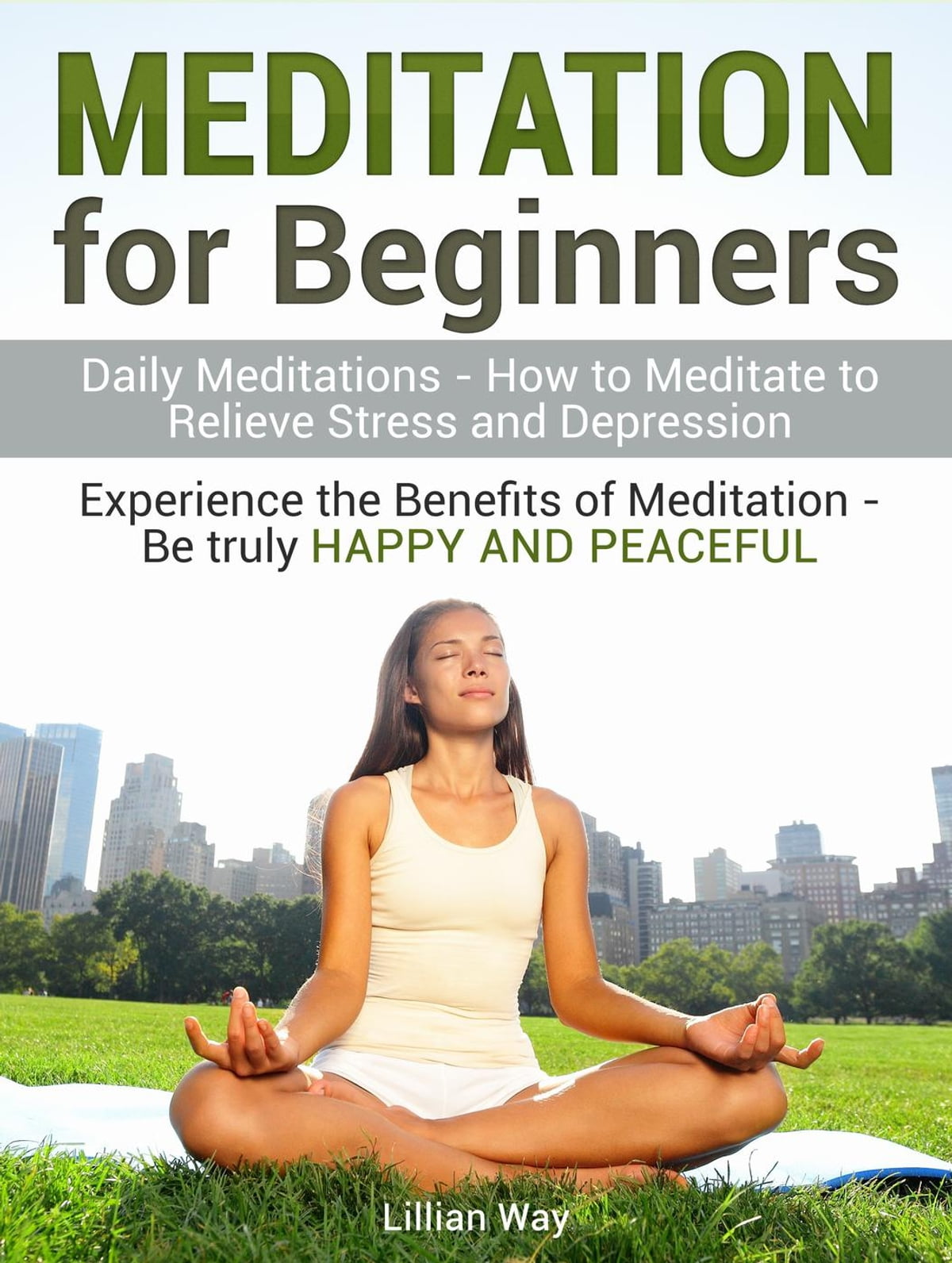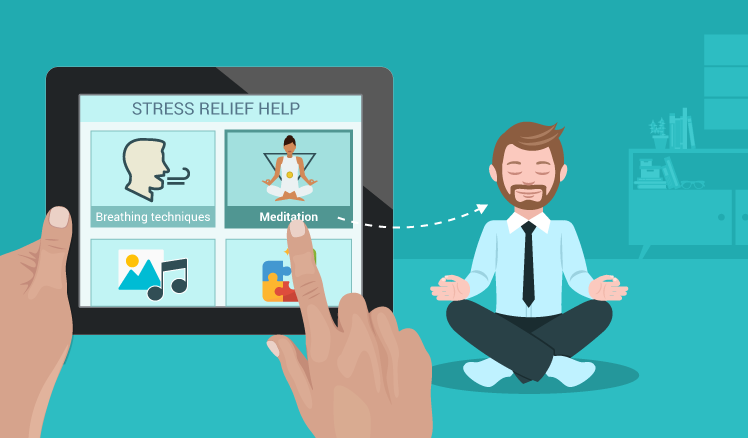
Meditation can be a great way to manage chronic pain. It can also lower your stress levels and anxiety, as well elevate your mental status. This 32-minute audio can show you how to meditate, and how to change your relationship towards pain. It can also increase your tolerance for pain. But how can you start? You can learn more about meditation for pain management by reading the following. You can choose to do it. Here are a few ways to get started:
During meditation for pain management, patients learn how to react to pain. The process helps patients reduce their emotional response to pain. They realize that pain is temporary, and doesn't need to cause a negative reaction. They are better able to manage their lives. Often, pain goes undiagnosed for months or even years. Until the condition is properly diagnosed, conventional medications do not provide relief. Many people use meditation to reduce anxiety and inflammation.

Meditation for pain management can have many benefits. It can also help improve your overall quality and life. You can control your mind to better manage your condition. This is possible by changing your perception of pain. Regular meditation can help you to develop positive attitudes towards life and pain. Research has shown that daily meditation can improve your quality life. It may surprise you how positive you feel when you can explore your emotions about pain and learn to accept it.
In addition to its physical benefits, meditation can improve your mental health. Chronic pain can lead into a vicious cycle of chronic pain that doesn't end. Meditating will help you improve your mental and physical resilience. Your tolerance for pain and discomfort will increase, as well as your immune system's strength. In addition, meditation will trigger the release of endorphins, which can boost your mood and help you manage your discomfort.
Meditation can reduce your pain sensitivity. Meditation can be used to reduce pain. It will calm your nerves and release endorphins. It will reduce your resistance to the pain and make you more friendly. You have many options for meditation. Meditation is a good option for managing chronic pain.

Meditation is not only effective in relieving pain but also addresses the psychological and social aspects. It can also help patients reduce their anxiety, which makes them more comfortable and in control. It can also help reduce their anxiety, which can help with managing their limits. This can help them live happier lives. It is important to find a meditation that works for you. Several free online guides for meditation are available online, and many of them are free.
FAQ
What are the 10 best foods to eat?
These are the 10 best foods to try:
-
Avocados
-
Berries
-
Broccoli
-
Cauliflower
-
Eggs
-
Fish
-
Grains
-
Nuts
-
Oats
-
Salmon
What is the difference among a virus or a bacterium and what are their differences?
A virus is a microscopic organism which cannot reproduce outside of its host cell. A bacterium, a single-celled organism, reproduces by splitting into two. Viruses have a very small size (about 20 nanometers), while bacteria is larger (up to one micron).
Viruses are often spread through contact of infected bodily fluids like saliva, urine or semen. Bacteria is usually spread directly from surfaces or objects contaminated with bacteria.
Viruses may enter the body through cuts, scrapes. bites, or any other break in the skin. They can also enter the body through the mouth, nose, eyes and ears, vaginal, rectum or anus.
Bacteria can enter our bodies through wounds, cuts, scrapes, burns, insect stings, or other breaks in our skin. They can also be introduced to our bodies by food, water and soil.
Both bacteria and viruses cause illness. Viruses cannot multiply in their host cells. So they only cause illnesses when they infect living cells.
Bacteria can spread within the host and cause illness. They can invade other areas of the body. Antibiotics are needed to eliminate them.
What are 10 healthy habits?
-
Breakfast is a must every day.
-
Don't skip meals.
-
Keep a balanced diet.
-
Get plenty of water.
-
Take care your body.
-
Get enough rest.
-
Stay away from junk foods.
-
Do some exercise every day.
-
Have fun
-
Make new friends.
What is the problem of BMI?
BMI stands For Body Mass Index. This refers to the measurement of body fat using height and weight. Here is how to calculate BMI using the following formula.
Weight in kilograms divided by height in meters squared.
The result is expressed using a number from 0 through 25. A score of 18.5 or higher indicates overweight, while a score of 23 or higher indicates obesity.
A person who is 100 kg in weight and 1.75m in height will have a 22 BMI.
Exercise: Is it good or bad for immunity?
Exercise is good for your immune systems. Your body creates white blood cells when you exercise that fight infection. You can also eliminate toxins from the body. Exercise can help prevent heart disease and cancer. Exercise also helps to reduce stress levels.
However, exercising too much can weaken your immune system. Exercising too hard can make your muscles sore. This can cause inflammation as well as swelling. The body then needs to make more antibodies to fight infection. This can lead to allergic reactions and other autoimmune disorders.
So, don't overdo it!
Statistics
- The Dietary Guidelines for Americans recommend keeping added sugar intake below 10% of your daily calorie intake, while the World Health Organization recommends slashing added sugars to 5% or less of your daily calories for optimal health (59Trusted (healthline.com)
- In both adults and children, the intake of free sugars should be reduced to less than 10% of total energy intake. (who.int)
- This article received 11 testimonials and 86% of readers who voted found it helpful, earning it our reader-approved status. (wikihow.com)
- WHO recommends consuming less than 5% of total energy intake for additional health benefits. (who.int)
External Links
How To
How to keep your body healthy
The goal of this project is to give you some ideas on how to keep yourself healthy. Understanding what you need to do to keep your health in good shape is the first step to maintaining your health. To do this, we needed to discover what is best for our bodies. We looked at many ways that people attempt to improve their health. We finally came up with some tips to help us be happier and healthier.
We started by looking at different kinds of food. We learned that certain foods are bad for us while others are good. We now know that sugar can be dangerous because it can cause weight gain. However, vegetables and fruits are good for us as they have vitamins and minerals that our bodies need.
Next, we will be looking at exercise. Exercise improves the strength and energy of our bodies. Exercise also makes us happier. There are many exercises you can do. You can do many things like running, swimming, dancing and lifting weights. Yoga is another great way to build strength. Yoga can be a great exercise as it increases flexibility, improves breathing and is an excellent way to increase strength. It is important to avoid junk food, and drink lots of water, if we wish to lose weight.
Let's talk about sleep. Sleep is the most important thing we do each and every day. Lack of sleep can lead to fatigue and stress. This can lead to issues such as back pain, depression and heart disease. It is essential that we get sufficient sleep in order to keep our health good.